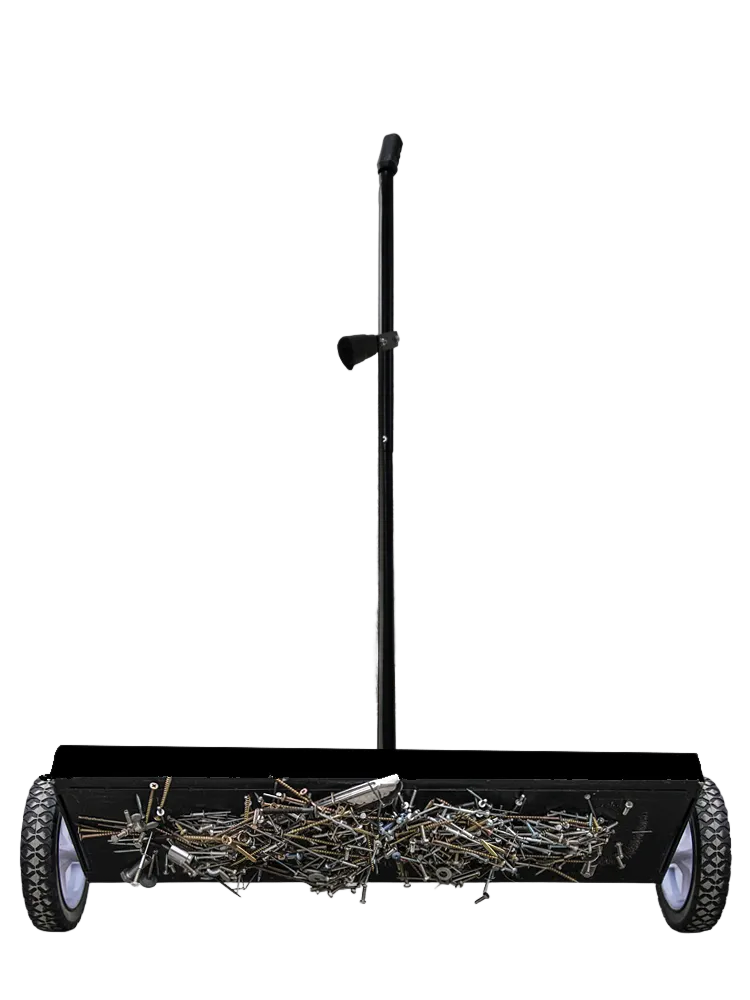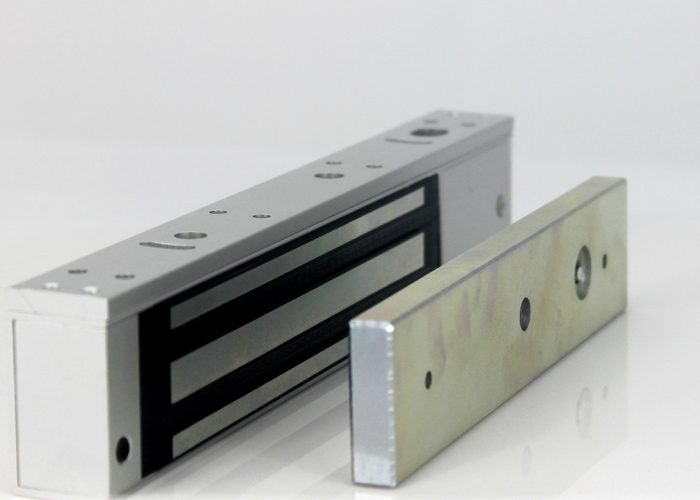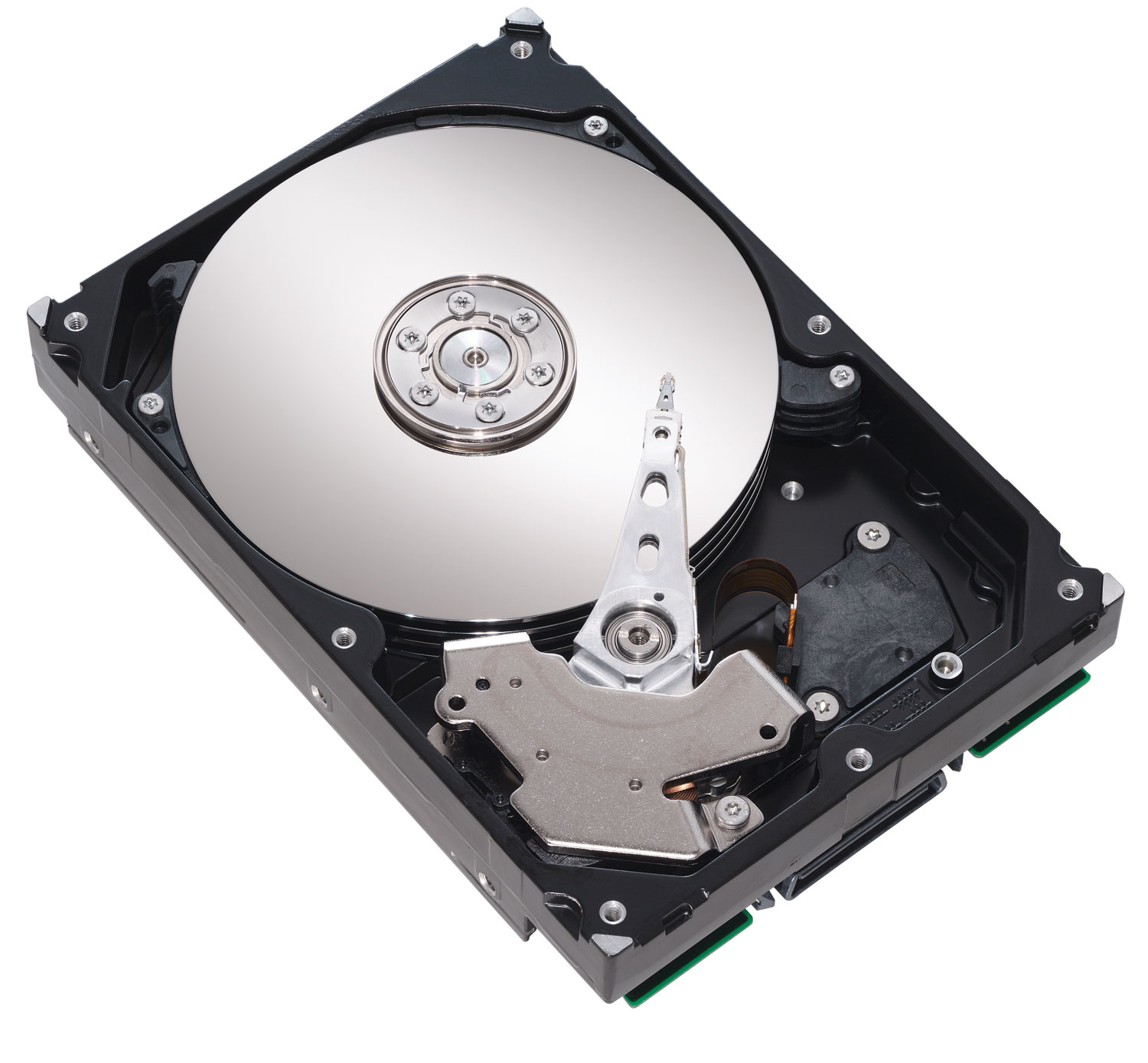NdFeB magnets, also known as neodymium magnets, are a type of permanent magnet made from an alloy of neodymium, iron, and boron. They have revolutionized the electromagnetic industry with their strong magnetic properties, high energy density, and low cost. NdFeB magnets have found applications in numerous industries, including electronics, automotive, aerospace, medical, and renewable energy. In this discussion, we will explore the impacts of NdFeB magnets on the electromagnetic industry.

NdFeB magnets are widely used in the scientific community for their exceptional magnetic properties, which make them ideal for a variety of applications. One such application is in magnetic stirrers, which are commonly used in chemistry and biology labs to mix liquids.
Magnetic stirrers consist of a small bar magnet or several magnets arranged in a circular pattern, placed inside a container of liquid. When an external magnetic field is applied, the magnetic stirrer rotates, creating turbulence in the liquid and ensuring that it is mixed thoroughly.
One of the primary reasons NdFeB magnets are preferred for magnetic stirrers is because of their high magnetic field strength and durability. They can generate enough force to stir even very viscous liquids, and they are resistant to demagnetization over time, which ensures that the stirrer will continue to function properly for years to come.
Moreover, magnetic stirrers offer several advantages over traditional mechanical stirrers. Unlike mechanical stirrers, they do not require any moving parts, making them more efficient and less prone to contamination. The stirring process can also be carried out more quickly and accurately using magnetic stirrers.
Another advantage of magnetic stirrers is their versatility. They can be used to mix a wide range of different liquids, from aqueous solutions to oils and fats. They are particularly useful in situations where it is difficult or impossible to insert a mechanical stirrer into the liquid, such as when working with corrosive or hazardous chemicals.
Overall, NdFeB magnets have revolutionized the way scientists and researchers carry out experiments and tests in the lab. Their use in magnetic stirrers has made the mixing process more efficient, accurate, and versatile, while also minimizing the risk of contamination.

Another application for NdFeB magnets is in magnetic sweepers, devices used to pick up metal debris from floors and other surfaces. Magnetic sweepers consist of a large rectangular magnet mounted on wheels, which can be pushed around a space to collect any metal objects that may have been dropped or left behind.
In magnetic sweepers, NdFeB magnets are ideal because of their strong magnetic field strength and ability to pick up even small metal objects. Because NdFeB magnets are so powerful, they can easily collect metal debris from a wide area without requiring excessive force or frequent emptying of the sweeper.
There are many different types of magnetic sweepers available, each with its own set of features and benefits. Some sweepers are designed for use in outdoor environments, where they can be used to collect nails, screws, and other metal debris from construction sites or parking lots. Others are more suited to indoor environments, where they can be used to clean up after manufacturing processes or other industrial activities.
One of the great advantages of magnetic sweepers is that they are very easy to use and maintain. They require no power source, and they can be cleaned and emptied quickly and easily. In addition, they are very durable and long-lasting, meaning that they can be used for years without needing to be replaced.

NdFeB magnets are also commonly used in magnetic door locks, devices that use a magnetic field to secure a door closed. When a current is applied to the lock's electromagnet, it generates a magnetic field that attracts a metal plate on the door frame, keeping the door securely closed.
In magnetic door locks, NdFeB magnets are typically used because of their strong magnetic field strength and ability to generate a reliable and durable magnetic field. They are also resistant to demagnetization over time, which ensures that the lock will continue to function properly for years to come.
Magnetic door locks are increasingly popular in a wide range of settings, from homes and offices to hospitals and schools. They offer a number of key advantages over traditional mechanical locks, including greater security, ease of access, and convenience.
One of the key benefits of magnetic door locks is that they are very difficult to pick or tamper with. Unlike traditional locks, which can be opened with a key or picked using special tools, a magnetic door lock can only be opened by someone with access to the proper control system. This makes them ideal for use in high-security environments, such as government buildings or research facilities.
In addition, magnetic door locks are very easy to use and maintain. They require no keys or other physical components, meaning that users can gain access simply by presenting a card or other identification device. They can also be easily programmed and reprogrammed as needed, making them very flexible and adaptable.

NdFeB has found extensive use in modern technology, including in the hard disk drives commonly found in computers.
The use of NdFeB magnets in hard disk drives is due to their high magnetic strength and stability. These magnets are capable of generating strong magnetic fields, which are essential for reading and writing data on the spinning disks inside hard drives. The magnetic field produced by the magnet aligns tiny magnetized regions in the hard drive's disk surface, allowing the read/write head to access and modify this data.
Hard disk drives have been a crucial component in computing since the 1950s. Early hard drives used iron oxide-coated disks and magnetic heads to read and write data. However, as data storage requirements increased, manufacturers needed to find ways to increase the amount of data that could be stored on each disk. This requirement led to the development of NdFeB magnets in the 1980s, which enabled much higher data densities by providing stronger and more stable magnetic fields.
NdFeB magnets are also used in other areas of technology, such as electric motors and generators, sensors, and medical equipment. However, they are particularly critical for modern computer hard drives, where they are responsible for ensuring reliable data storage and retrieval.
Despite their widespread use, NdFeB magnets are not without challenges. The production of these magnets requires significant investment in rare earth minerals, which are primarily mined in China. Additionally, the manufacturing process can be energy-intensive, and NdFeB magnets can be prone to corrosion over time.
To address these challenges, researchers are exploring alternative materials that could replace NdFeB magnets in some applications. For example, some studies are investigating the use of iron-based magnets, which can offer similar performance while being less expensive and more abundant than rare earth minerals.
Overall, NdFeB magnets play a vital role in modern computing, enabling high-capacity and high-performance data storage in hard disk drives. While there are some challenges associated with their use, ongoing research and development should continue to improve their performance and sustainability in the future.
In conclusion, NdFeB magnets have had a significant impact on the electromagnetic industry. Their superior magnetic properties have enabled the development of smaller, more efficient, and powerful electromechanical devices. The widespread use of NdFeB magnets has led to advancements in various fields, including renewable energy, transportation, and healthcare. As technology continues to evolve, the demand for NdFeB magnets is likely to increase, and new applications will emerge. The future of the electromagnetic industry looks promising with the help of these remarkable magnets.
Contact: Alexander Sun
Phone: +86 19916725893
Tel: 0512-55128901
Email: [email protected]
Add: No.6 Huxiang Road, Kunshan development Zone, JiangsuShanghai Branch: No. 398 Guiyang Rd, Yangpu District, Shanghai, China